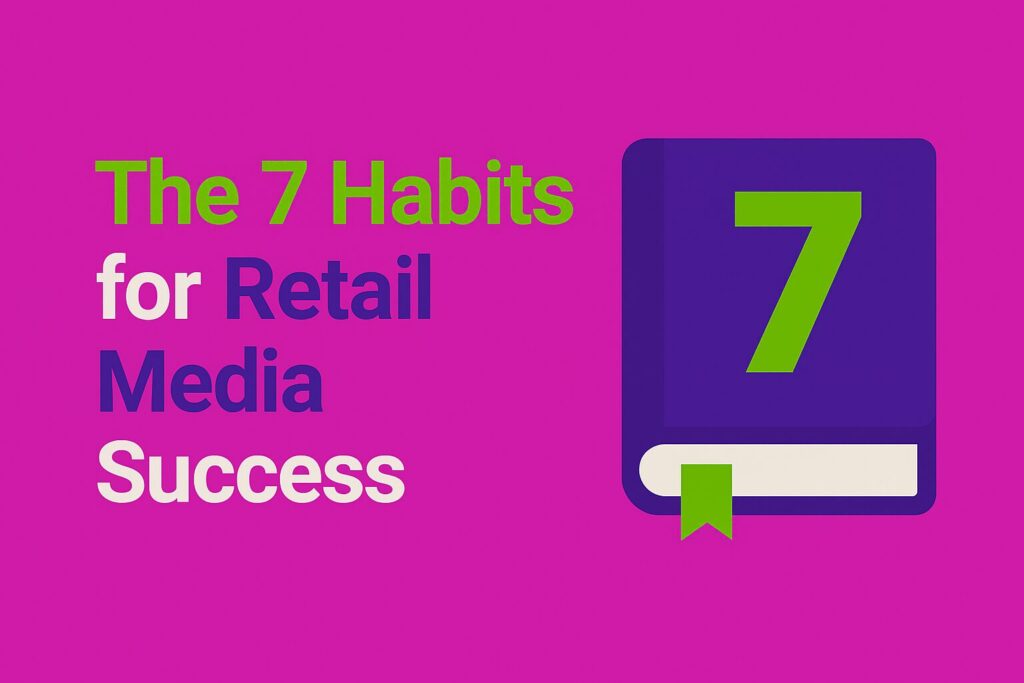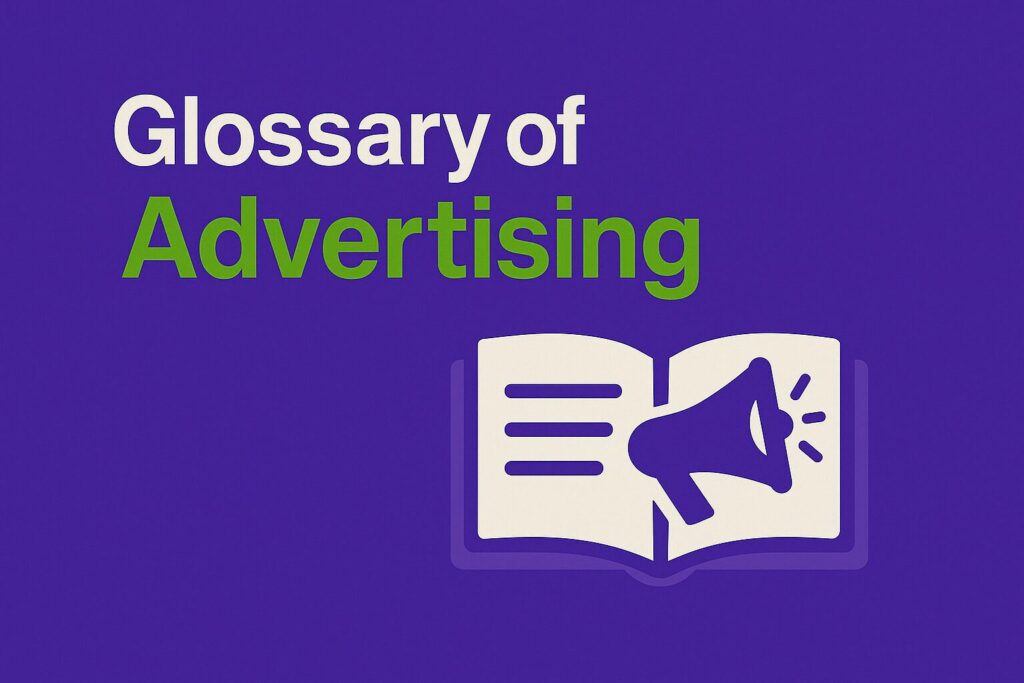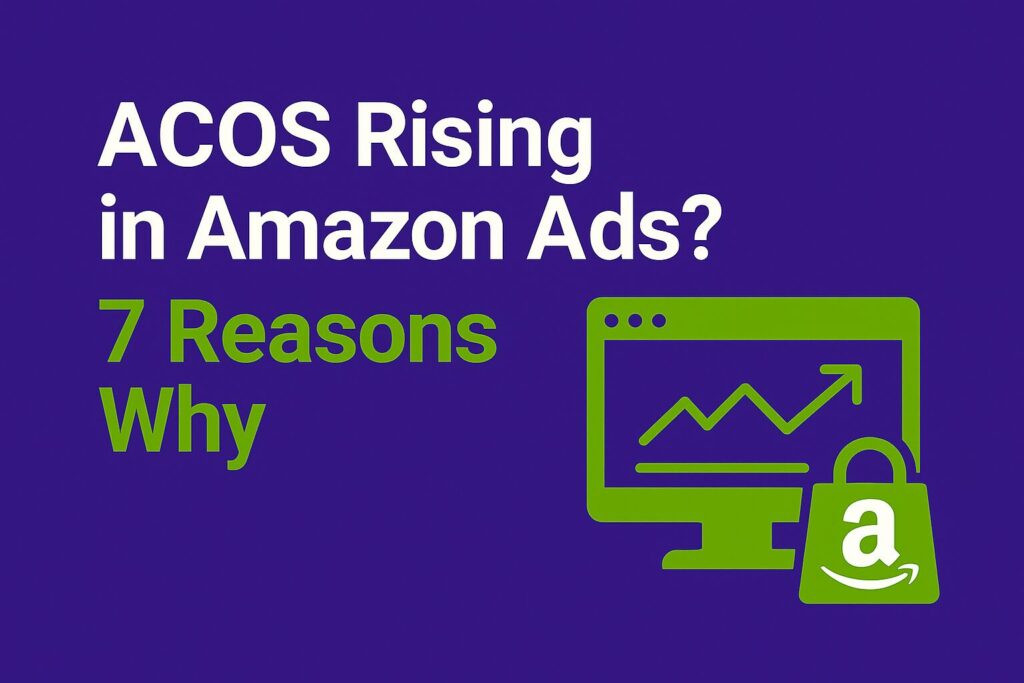As browsers phase out third-party cookies, brands must shift toward Retailer First-Party ID solutions to identify and engage shoppers across channels. These privacy-safe identifiers—collected directly by the retailer—enable personalization without compromising consumer trust.
According to Criteo’s Alternative IDs: The Future of Cookieless Advertising, probabilistic and deterministic IDs can help bridge the data gap left by disappearing cookies. Meanwhile, Google’s Privacy Sandbox initiative introduces APIs to support scalable, privacy-compliant first-party targeting.
In this post, you’ll learn what a Retailer First-Party ID is, why it matters, and how to implement it effectively within your retail media strategy.
1. What Is a Retailer First-Party ID?
A Retailer First-Party ID is a unique, privacy-compliant identifier—such as a hashed email, loyalty account number, or device token—assigned to users when they engage on-site, in-app, or in-store.
Unlike third-party cookies, these identifiers are fully owned and controlled by the retailer, aligning with privacy regulations and reinforcing customer trust.
2. Why It Matters in the Cookieless Era
Privacy Compliance
First-party IDs respect user consent and comply with evolving data regulations (e.g., GDPR, CCPA).
Accurate Targeting
They reflect actual shopper behavior—purchase history, browsing patterns, loyalty engagement—ensuring high-quality audience insights.
Seamless Omnichannel Integration
Unify customer experiences across online ads, in-store digital displays, and CRM channels using a consistent ID.
For a refresher on first-party data fundamentals, revisit our guide: How to Turn Retailer First-Party Data into Actionable Campaign Ideas.
3. Implementing First-Party IDs: A 4-Step Framework
a) Data Collection Setup
Embed loyalty sign-up prompts, email capture mechanisms, and device fingerprinting across your digital properties.
b) ID Hashing & Secure Storage
Hash identifiers (e.g., via SHA-256) to protect PII, then store them in a secure Customer Data Platform (CDP).
c) Audience Creation
Segment users by behavioral traits—purchase frequency, average order value, product affinity—for tailored messaging.
d) Activation & Measurement
Activate IDs via demand-side platforms (DSPs) like Amazon DSP or Walmart Connect, enabling precise targeting and closed-loop attribution.
For more on internalizing DSP activation, see: In-Housing Programmatic: 2025 Retail DSP Guide.
External Resources
- Alternative IDs: The Future of Cookieless Advertising?– Criteo insights on probabilistic and deterministic identifiers
- Privacy Sandbox Overview – Google’s framework for cookieless targeting and measurement
Conclusion & Next Steps
Adopting Retailer First-Party ID solutions is no longer a nice-to-have—it’s the cornerstone of privacy-first, performance-driven retail media. Follow this framework to future-proof your targeting strategy as the cookieless era takes hold.
This is post #10 in my Retail Media Mastery series. In Post #11, we’ll explore how to create modular assets for PDPs (Product Detail Pages). Stay tuned.
Senior E-commerce & Retail Media Leader with 8+ years across Amazon and leading marketplaces. Focus on full-funnel strategy, programmatic retail media, and international media governance. Sharing frameworks and operating models for growth.



